
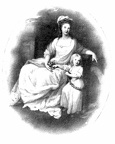 Carolina of Austria
Carolina of Austria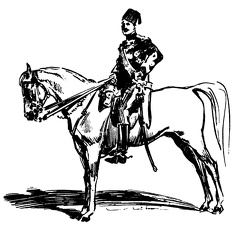 His Highness Prince Mahomet Ali, Cairo, February 14, 1898
His Highness Prince Mahomet Ali, Cairo, February 14, 1898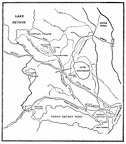 New Environs of Ekaterinburg
New Environs of Ekaterinburg Plan of Ipatiev’s House and Grounds and of Upper and Basement Floors
Plan of Ipatiev’s House and Grounds and of Upper and Basement Floors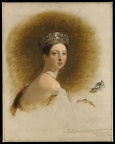 Queen Victoria
Queen Victoria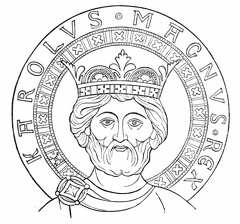 Charlemagne crowned
Charlemagne crowned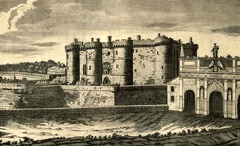 The Bastille
The Bastille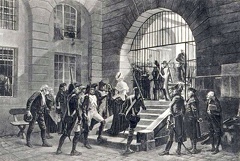 Marie Antoinette on the way to the Guillotine
Marie Antoinette on the way to the Guillotine Marie Antoinette and Louis XVI
Marie Antoinette and Louis XVI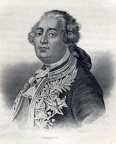 Louis XVI
Louis XVI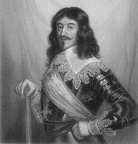 Louis XIII, King of France
Louis XIII, King of France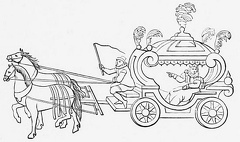 Queen Elizabeth’s Travelling Coach
Queen Elizabeth’s Travelling Coach King Narmer
King Narmer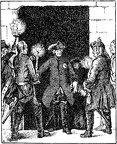 Good evening, gentlemen, evidently you were not expecting me
Good evening, gentlemen, evidently you were not expecting me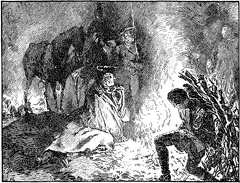 Frederick at the watch-fire before the battle of Liegnitz
Frederick at the watch-fire before the battle of Liegnitz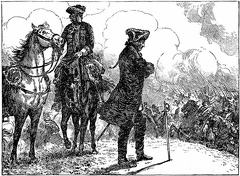 Frederick stood on the bloody field like one dazed
Frederick stood on the bloody field like one dazed Vespasian
Vespasian Asiatic Monarch
Asiatic Monarch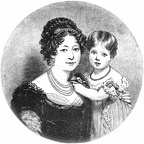 The Duchess of Kent, with Princess Victoria at the age of two
The Duchess of Kent, with Princess Victoria at the age of two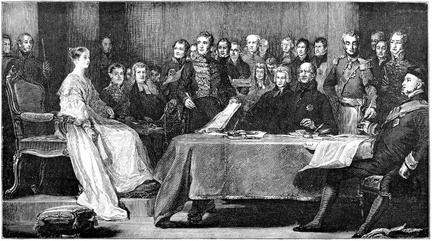 The Queens first council - Kensington Palace June 20 1837
The Queens first council - Kensington Palace June 20 1837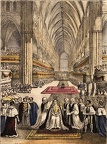 The coronation of her majesty Queen Victoria
The coronation of her majesty Queen Victoria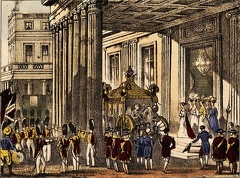 Her majesty leaving Buckingham Palace on the morning of the coronation
Her majesty leaving Buckingham Palace on the morning of the coronation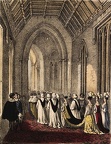 Her majesty leaving her private apartments in Westminster Abbey
Her majesty leaving her private apartments in Westminster Abbey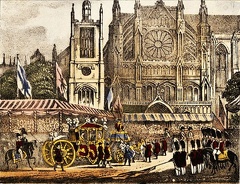 The procession approaching Westminster Abbey
The procession approaching Westminster Abbey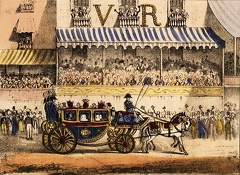 Marshall Soult's State Carriage
Marshall Soult's State Carriage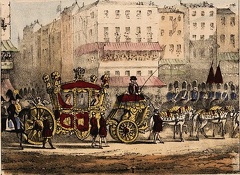 Her majesty’s State Carriage
Her majesty’s State Carriage Queen Victoria
Queen Victoria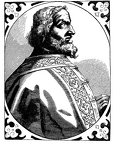 Charlemagne
Charlemagne Great Seal of King Stephen
Great Seal of King Stephen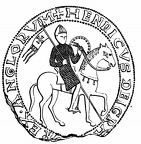 Great Seal of King Henry the First
Great Seal of King Henry the First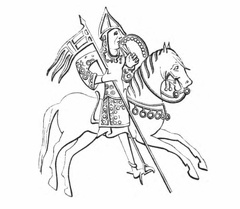 From the Great Seal of Alexander I, King of Scotland
From the Great Seal of Alexander I, King of Scotland Great Shield of William the Conqueror
Great Shield of William the Conqueror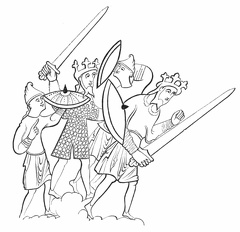 Anglo-Saxon warriors
Anglo-Saxon warriors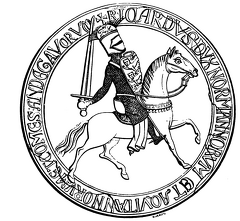 Second Great Seal of King Richard I
Second Great Seal of King Richard I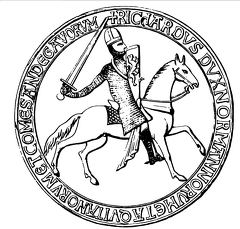 First Great Seal of King Richard I
First Great Seal of King Richard I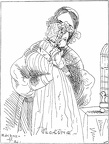 The Queen's first baby
The Queen's first baby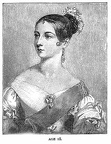 Queen Victoria - Age 18
Queen Victoria - Age 18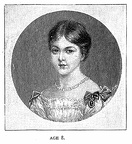 Queen Victoria - Age 8
Queen Victoria - Age 8 Queen Victoria - 1891
Queen Victoria - 1891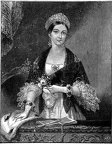 Her Majesty Queen Victoria
Her Majesty Queen Victoria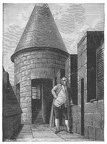 Louis XVI on the leads of the temple
Louis XVI on the leads of the temple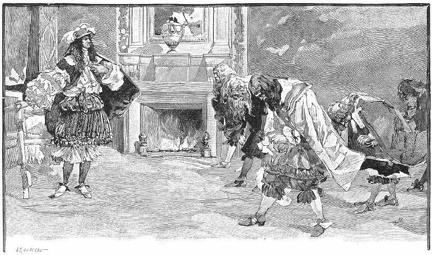 Louis XIV, for the first time, receiving his ministers
Louis XIV, for the first time, receiving his ministers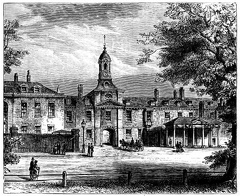 West Front of Kensington Palace
West Front of Kensington Palace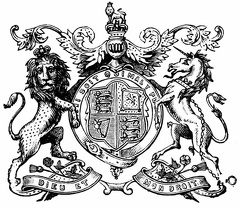 The Royal Arms
The Royal Arms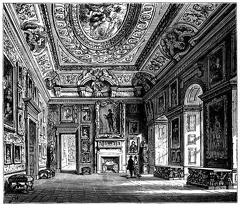 Queen Caroline’s Drawing-Room, Kensington Palace.
Queen Caroline’s Drawing-Room, Kensington Palace.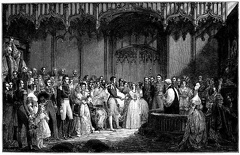 Marriage of Queen Victoria
Marriage of Queen Victoria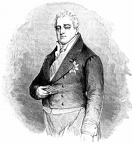 King William IV
King William IV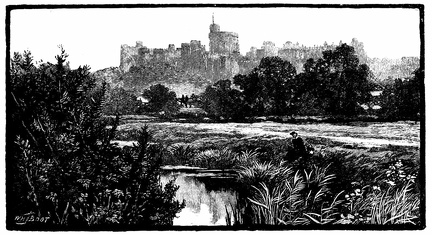 Distant View of Windsor Castle
Distant View of Windsor Castle Death of the Duke of Kent - Presenting the commons’ address of condolence to the Duchess at Kensington Palace
Death of the Duke of Kent - Presenting the commons’ address of condolence to the Duchess at Kensington Palace William IV
William IV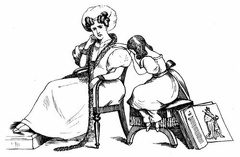 The Kentish Lady that did not go to the Coronation
The Kentish Lady that did not go to the Coronation Coronation Day
Coronation Day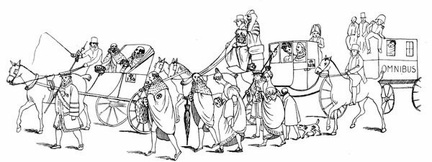 A Half-Crownation
A Half-Crownation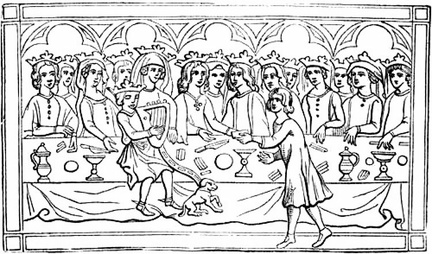 Royal Harper
Royal Harper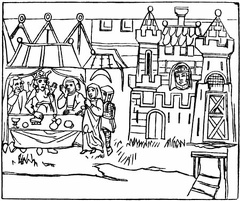 King, &c., in Pavilion before Castle
King, &c., in Pavilion before Castle Entry of Queen Isabel of Bavaria into Paris, a.d. 1389
Entry of Queen Isabel of Bavaria into Paris, a.d. 1389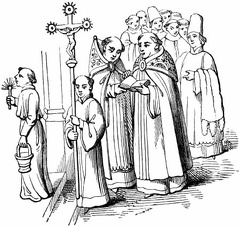 Coronation Procession of Charles V. of France
Coronation Procession of Charles V. of France A Prussian King's Daughter
A Prussian King's Daughter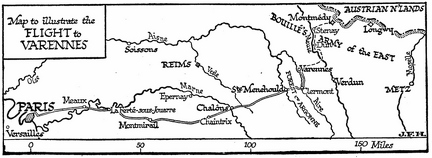 The Flight to Varennes
The Flight to Varennes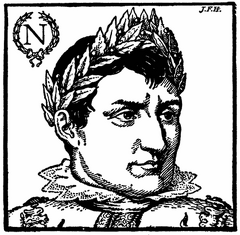 Napoleon as Emperor
Napoleon as Emperor



